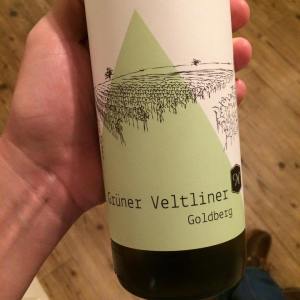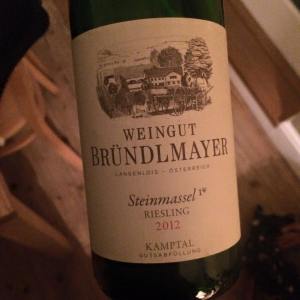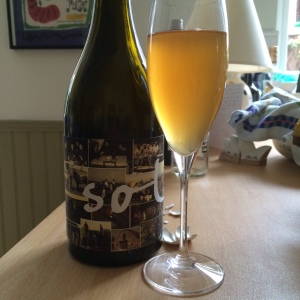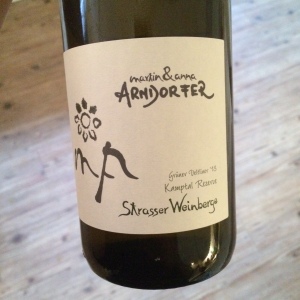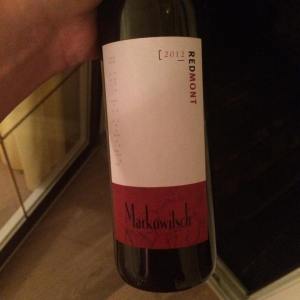I don’t often get to write about Roter Veltliner. To say this grape is the poor cousin of Grüner Veltliner would be completely inaccurate… it’s not related at all (bar the name). Unlike its non-cousin, Roter Veltliner represents but a sliver of the Austrian output and can be tricky to handle, but brings it has its own very particular character, making for ravishingly concentrated wines. And, of course, given the natural baroque quality of the Wagram, that area is a prime spot for Roter Veltliner. How lucky, then, am I to have not one but two cracking examples from Eschenhof Holzer… one white and one orange.
The white, called ‘Das Gehölz’ is aged in a new oak wood barrels for a year, giving an already opulent wine an even stronger backbone. I’ve been impressed by all of Arnold Holzer’s wines so far, but I think this one is my favourite… it’s elegant, it’s feisty and it’s oh-so-flavoursome. But then it’s a close-run thing with the ‘Orange’ Roter Veltliner. This is properly cloudy in the glass, with a intriguingly dusty nose, like your favourite corner in a library. On the tongue, it’s broad, spicy, citric and aromatic. And, given that it’s made of Roter Veltliner, there’s that ravishing note of extract sweetness too.
If I had to pick one, it would probably be ‘Das Gehölz’. But why choose? Have both! For more information on Holzer’s range click here. And remember, you can pick some of them up from Red Squirrel Wines in the UK.



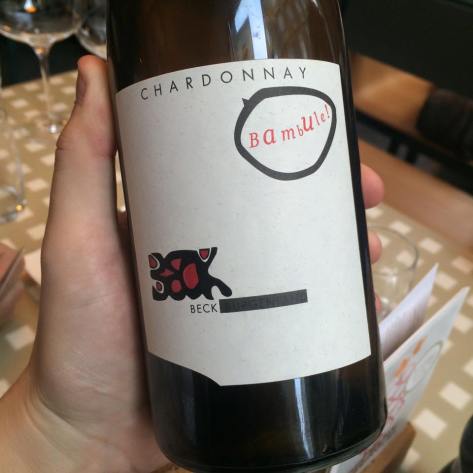 I’m a BIG fan of natural, orange, whatever you want to call them, wines. They’re playful, they match and enhance potent flavours in food and they offer some of the best practical insights into the winemaking process that you can drink. As I’ve written before,
I’m a BIG fan of natural, orange, whatever you want to call them, wines. They’re playful, they match and enhance potent flavours in food and they offer some of the best practical insights into the winemaking process that you can drink. As I’ve written before, 
